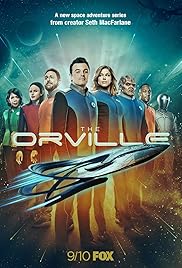Review: Dragon’s Kin by Anne McCaffrey and Todd McCaffrey
There are worlds we adore from the first novel: Harry Potter. Honor Harrington. Flinx and Pip. For many of us, the first of those instant loves was with the third world of Rukbat, called Pern. Here, there were dragons.
Together with Anne McCaffrey, we explored the consequences of a telempathic, flight-capable companion which selected its life-long partners. Every lonely child could dwell for the space of reading in a place where one might be plucked up from the ordinary and removed forever to the realm of heroes.
McCaffrey’s own hobbies and interests echoed throughout the Pern novels. Song and music, art and craft- and cot-hold technology flavored the tales of great dragons and tiny fire-dragons.
Then between one breath and the next, it seemed, the author lost the taste for dragons. She launched the Acorna series. She co-authored novels with Elizabeth Ann Scarborough and Elizabeth Moon. Meanwhile, Pern languished unconsidered.
With Dragon’s Kin, Anne got back on the dragon. The novel is a real addition to the Pern oevre, with the genuine flavor of McCaffrey’s writing, and the adolescent heros that won us to this world in the first place. Co-authored by Anne’s son Todd, the book tells how miner’s son Kindan finds the dragon-power and kinship in the watch-whers.
With Dragon’s Kin, Anne got back on the dragon. The novel is a real addition to the Pern oevre, with the genuine flavor of McCaffrey’s writing, and the adolescent heros that won us to this world in the first place. Co-authored by Anne’s son Todd, the book tells how miner’s son Kindan finds the dragon-power and kinship in the watch-whers.
Todd’s story is slightly darker than his mother’s have been. No less than ten miners die in the course of the story, and Kindan and his friend Zenor are both orphaned. But like all of the Pern stories, the story ends with growth and satisfaction, not fairy-tale happiness—and the promise of a sequel.
That’s happy ending enough for me!




